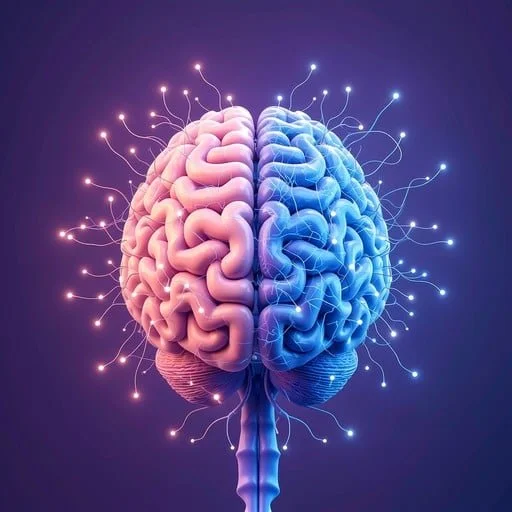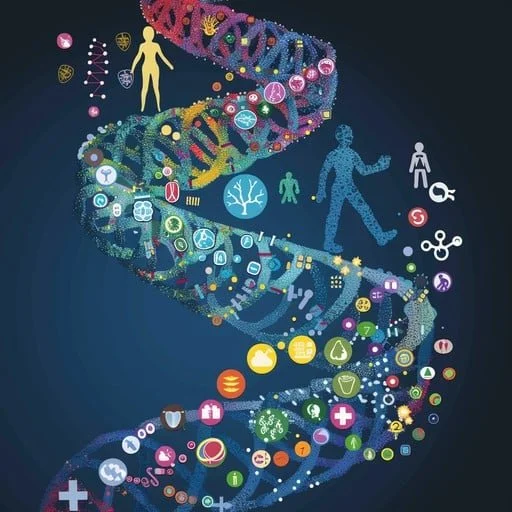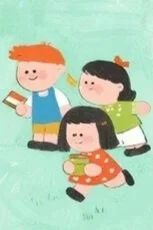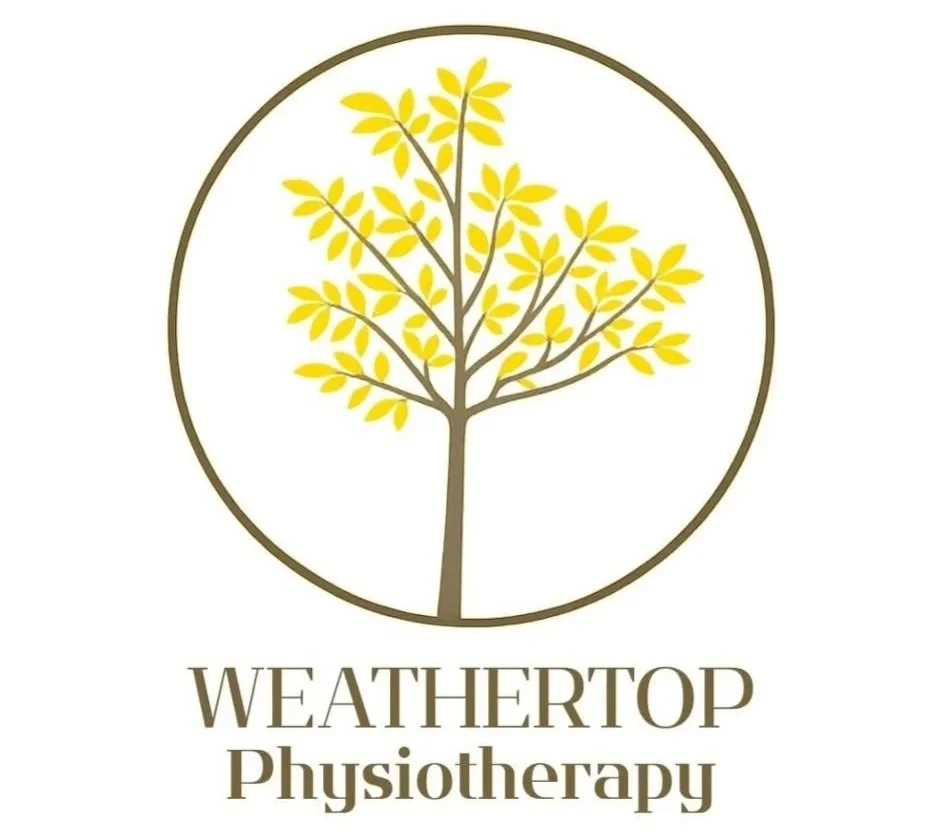Who we can help
A paediatric neuro-physiotherapist works to maximise a child's potential, regardless of their condition or diagnosis, by improving their strength, balance, coordination, functional mobility (e.g., rolling, sitting, walking), through play-based and specialised therapeutic techniques.
With a wide range of experience, we are able to support children and their families with a wide range of conditions, difficulties or concerns, from mild developmental delay to complex conditions.
Contact us to discuss your needs.
-

Cerebral Palsy
A group of disorders that affect movement, muscle tone, and posture due to damage to the developing brain.
Cerebral Palsy Integrated Pathway (CPIP) assessment also available as a stand alone assessment, or part of a treatment programme.
-

Development Delay
When a child is significantly behind their peers in reaching developmental milestones (e.g., rolling, sitting, crawling, walking).
-

Traumatic Brain Injury / Acquired Brain Injury
Physical problems resulting from head trauma, infection (e.g., meningitis), tumour, or stroke.
-

Neuromuscular Disorders
Muscular Dystrophy (e.g., Duchenne, Becker): A group of diseases that cause progressive weakness and loss of muscle mass.
Spinal Muscular Atrophy (SMA): A genetic disease that affects the nerve cells that control voluntary muscles.
-

Genetic Conditions
Conditions impacting a child’s physical health often including hypotonia, developmental delay and/or reduced bone density.
-

Spina Bifida
A birth defect where the spinal cord does not develop correctly, often leading to (partial) paralysis and mobility issues.
-

Movement/Coordination Difficulties
These conditions primarily affect a child's ability to plan and execute motor tasks.
Developmental Coordination Disorder (DCD) / Dyspraxia: Difficulties with coordination, balance, and motor skill planning.
Ataxia: Problems with coordination, balance, and gait (walking).
Gait Abnormalities: Unusual walking patterns, such as toe-walking, in-toeing, or out-toeing.
-

Other Neurological Conditions

